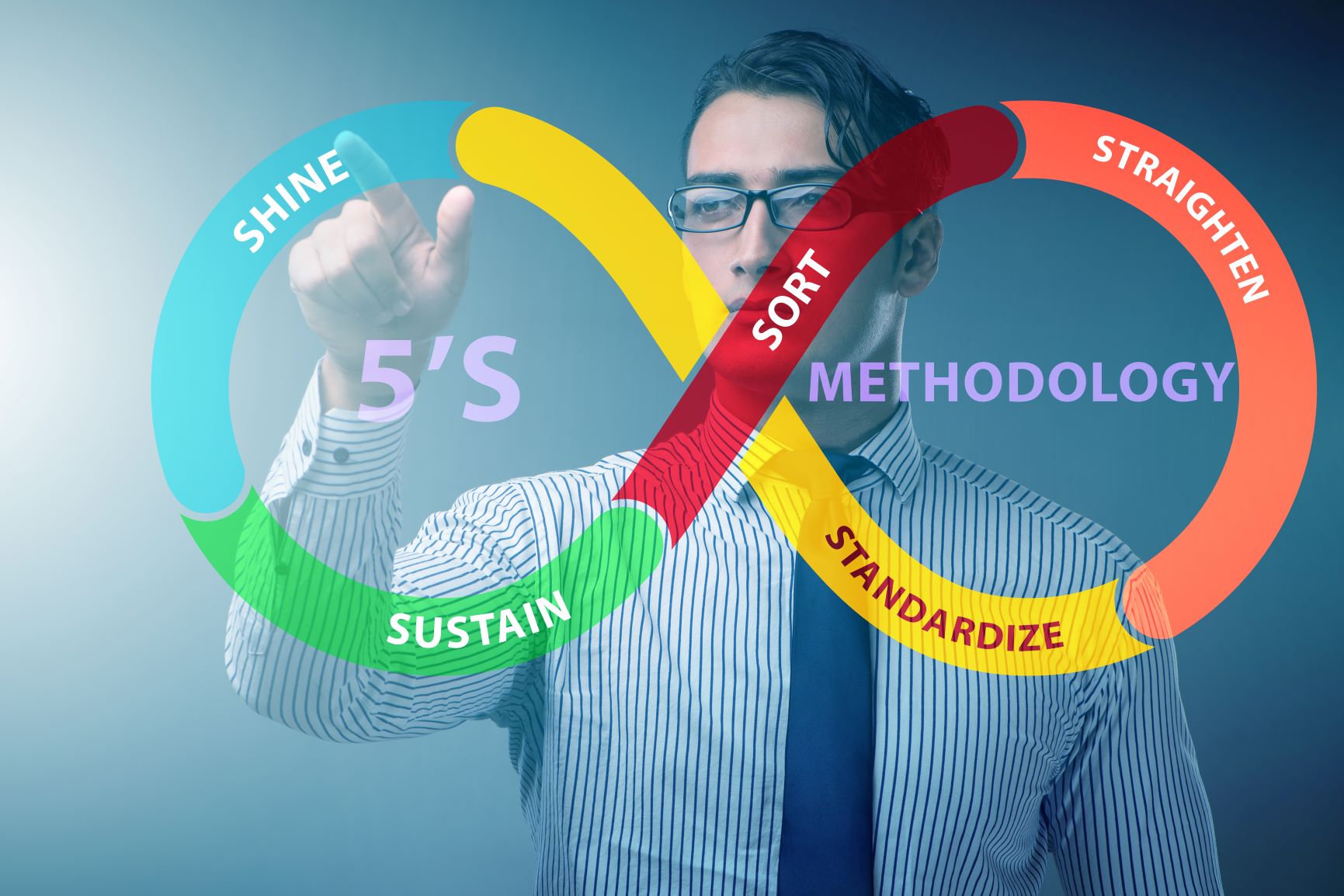Proven Methods for Business Process Efficiency Improvement
June 22, 2023Every business is made up of a series of processes and daily tasks that ideally lead to value for the customer. The more efficiently these...
Leader Standard Work: Frequently Asked Questions
March 1, 2021Standard work is the current best process for any activity or task. It forms the basis from which improvement is measured. When most people...
How (and Why) to Standardize Leadership
December 15, 2020While most people agree that process operations should be standardized as much as possible, the topic of standardizing leadership comes up...
A Quick Guide to 5S Workplace Organization
December 7, 2020The 5S workplace organization technique is a prevalent methodology that companies can use to improve operations. The intent is to improve...
10 Principles Of Process Improvement in Manufacturing
December 16, 2020Manufacturing organizations undertake process improvement efforts to improve quality, reduce costs, and meet ever-evolving customer...
7 Common Auto Manufacturing Continuous Improvement Tools
December 16, 2020The Lean and Six Sigma business methodologies have deep roots in the automotive manufacturing sector. One of the reasons they are so...
6 Tips for Accelerating the Pace of Positive Change
October 26, 2020It is difficult to underestimate the potential to transform your organization through a dedicated effort to achieve continuous improvement....
Continuous Improvement Model: Frequently Asked Questions
October 19, 2020We are lucky to have the chance to work with many companies looking for ways to deploy, enhance, and maintain a continuous improvement...
The Beginner's Guide to Process Improvement Tools
October 6, 2020If you are new to the idea of a structured approach to continuous improvement, this post is perfect for you. We will lay out the basics of...
Top 10 Standard Work Mistakes
September 14, 2020Standard Work is a simple, yet powerful process management technique. The current best practice for an operation or task is documented and...












